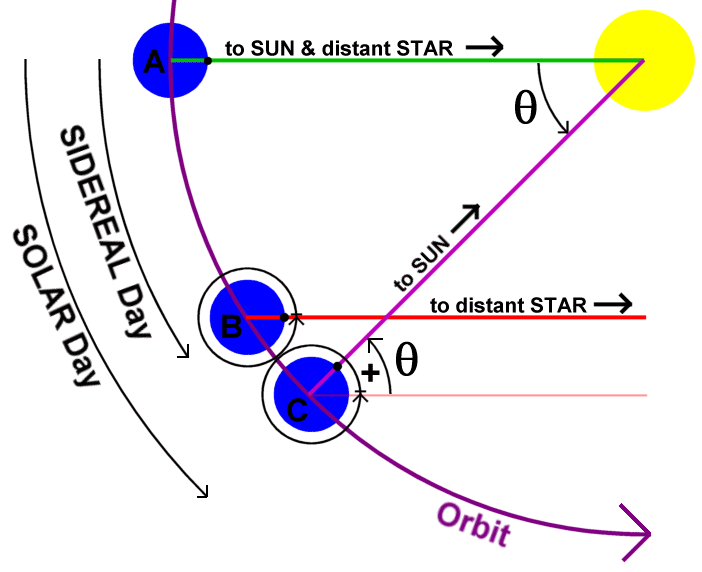Types of Twilight
After the recent hour change ready for summer time I was lamenting having to wake up in the dark once again; it felt like I had been dragged back to winter. I decided to look up when my wake up time of 6:35 would be after sunrise again (the 5th April) and I found that the website had three levels of twilight in between night and day.
Screenshot of the website I was using to check sunrise times. You can see different bars for different types of twilight.
Twilight refers to the time at either end of the day where the sun is below the horizon. What counts as the horizon is surprisingly technical because the light retracts around the Earth slighty so you can see it before there is a straight line of sight between you. However just using the simple straight line definition doesn't go far wrong.
The three types of twilight are different ranges of degrees below the horizon. The first one that you come across just after the end of the day is the civil twilight. It refers to when the Sun is up to 6 degrees below the horizon. During this period there is still plenty of light, but legally cars should have their headlights on and any burglary is treated as the harsher nighttime burglary, thus there is a legal precedent based on these definitions. It is also the time at which Venus becomes visible to the naked eye.
After that comes nautical twilight which is between 6 and 12 degrees below the horizon. The brighter stars make their first appearance during this time. However, in the navy it is used as a cut off point for when the heavier guards can knock off. Historically a lot of naval attacks have happened during the nautical twilight at one end of the day or the other, because it creates just enough elumination to see what you are doing and yet let you potentially sneak up on another ship.
Finally the darkest of the three is the astronomical twilight which happens between 12 and 18 degrees below the horizon. At this point the sky will only have the slightest tinge of sun left and most of the stars will be just about visible. It is also the first period in which other heavenly bodies such as super nova can be seen by the naked eye. Once the sun is past this region then the rest of the sky is revealed.
As sunset and sunrise vary through the year, so do do all the twilights. Each has a varying length of time with the length of each twilight getting longer in the Summer. Twilight also gets longer the further you get from the equator.







